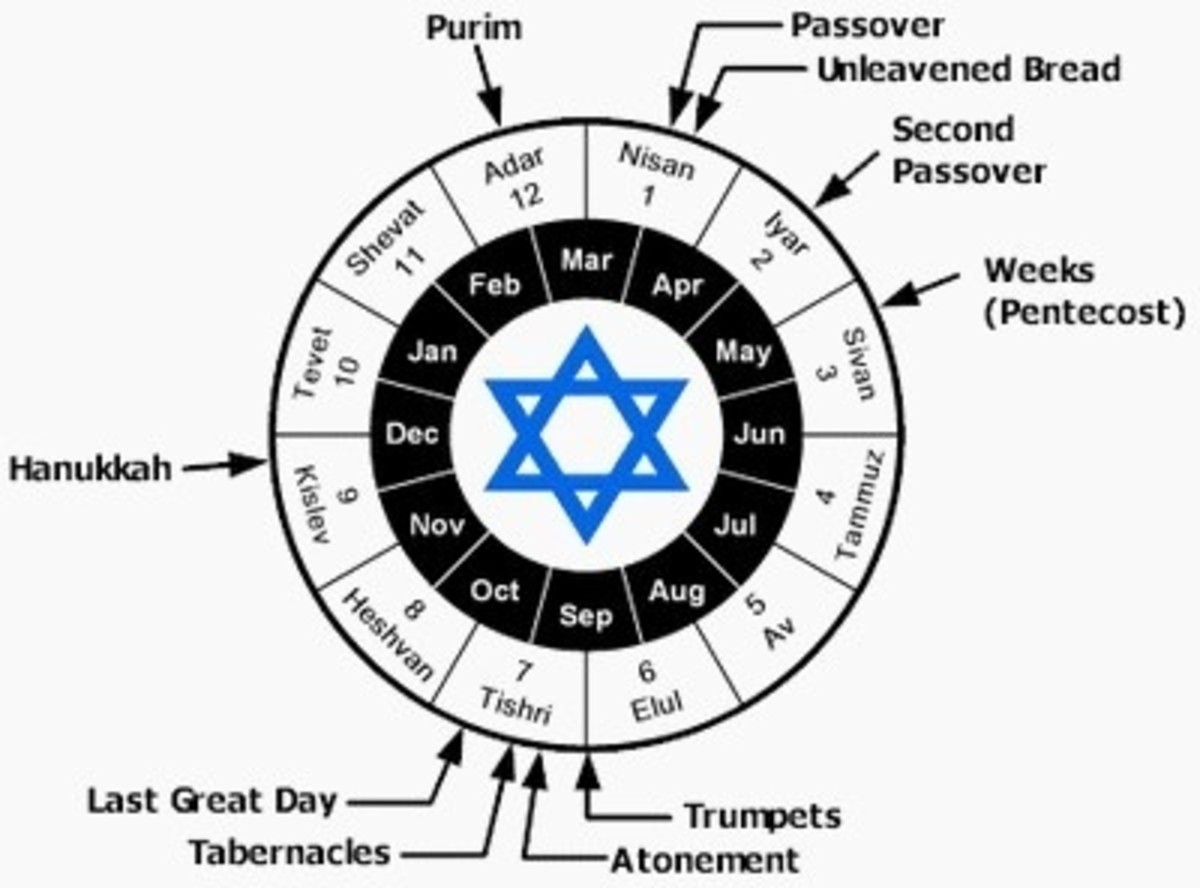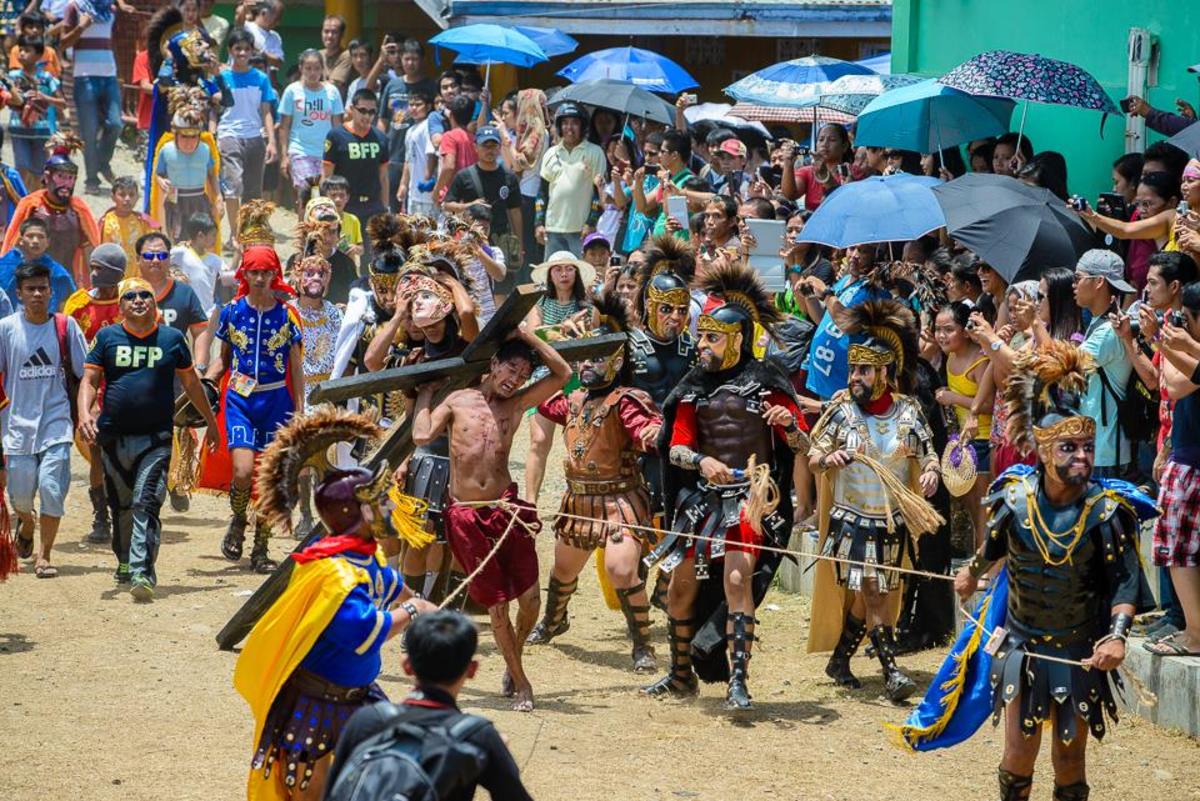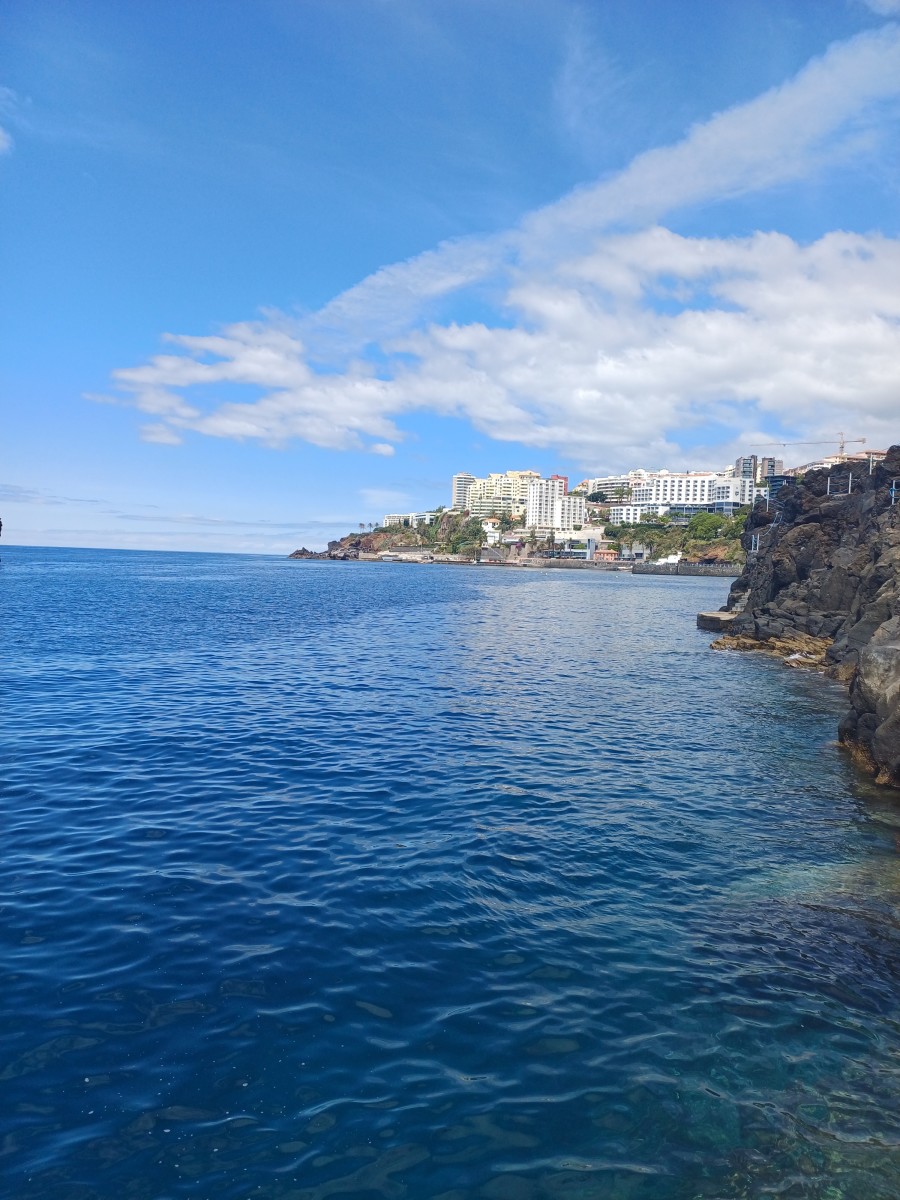The Croatian Calendar, Month to Month Festivities and Traditions, Part 1 of 4 (Winter)
Each month has its own identity and gender!
The names of the months here in Croatia show what you can expect to experience in that month (at least traditionally). Each month here is truly different because of the feast days, holidays, and experience that come and go throughout the year.
I decided to break it out in chunks to kind of pass along the seasonal aspect of life here which is unlike anything I ever experienced in the US and Australia. There I could get fruit and vegetables any time of year - here it's a window of opportunity that's going to be closing soon. With the first quarter of the year below, let's take a cultural tour of the Mediterranean mentality and the way these people have learned to waltz their way through the year - not day in day out, but seasonally. It was a revelation to me!
First Quarter - Winter: January through March
- January - Sijecanj - male. Sijek means to cut wood, and January is the traditional month for it. This month is the Three Kings celebration (6 jan).
- February - Veljanća - female. Veljaća means the days getting longer or greater (već). ebIt is also the traditional month for cats who all seem to be pregnant at this time of year! February is also the month for Maškarade, as well as internationally celebrated Valentine's Day.
- March - Ožujak - male. Ožujak is famous for the hot sun. Locals advise "wear a hat!". There are three icy cold northern winds this month, traditionally on the 7th, 17th and 27th but the rest of the month is traditionally mild not unlike the Anglo-Saxon Lion and Lamb analogy. With the first of Spring flowers, the first day of Spring comes on March 21st.
Three Kings
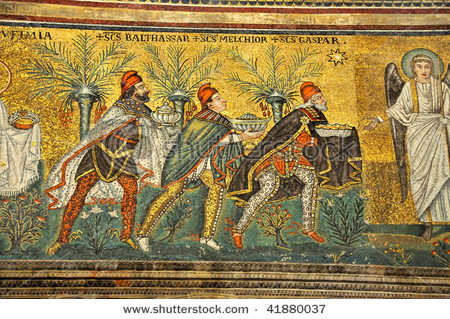
First of the Winter Holidays
Just after Christmas and New Years, Three Kings is another welcome holiday and feast day. It most usually symbolizes a day off from work. It is also the traditional day for taking down the Christmas Tree and colorful decorations in the home and outside. The Christmas Season is officially over!
Little Bit of Culture
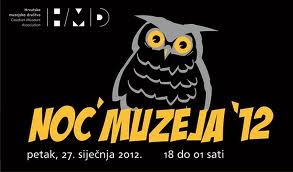
No two years exactly the same
Since Easter is calculated on the lunar calendar, no one is sure when Easter and Lent will fall in line. Easter is determined, then 40 days before it is the somewhat restrictive Lent. Mardi Gras, Fat Tuesday and Maskarade precede Lent. Some years it falls in January, but almost always the majority of Maskarade or Mardi Gras activities will occur in February. It is cold, but people don't care. They dress up, go wild and enjoy - it's now or never! After Lent starts, the majority of people, religious or not, don't eat as much as they did at Christmas time. it's time to cut back, at least in the spirit of the 40 days of Krizma (Lent). Culture and Religion share a blurred line and almost everyone gets involved - Life is more interesting that way! Besides, most people figure, it's only once a year, so "neka" (why not)?
One of the winter happenings
- Let the Child in you out to play: Celebrate in Mardi Gras and Maskerade on the February calendar f
Traditional mardi gras has been a favorite holiday for centuries! Dress how you please full of creativity, feathers, and homemade costumes rule. Not Halloween, Maskarade is a sanity saver and freedom of speech day for centuries. Let loose and go :)
Croatian Calendar
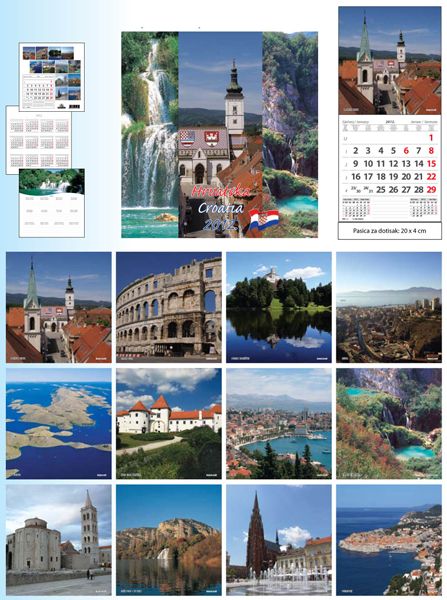
The Cathedral
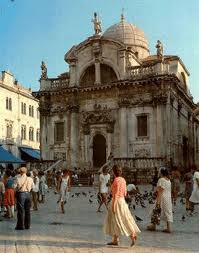
Patron Saint of Dubrovnik
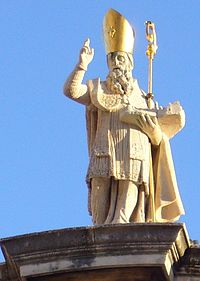
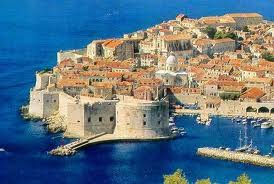
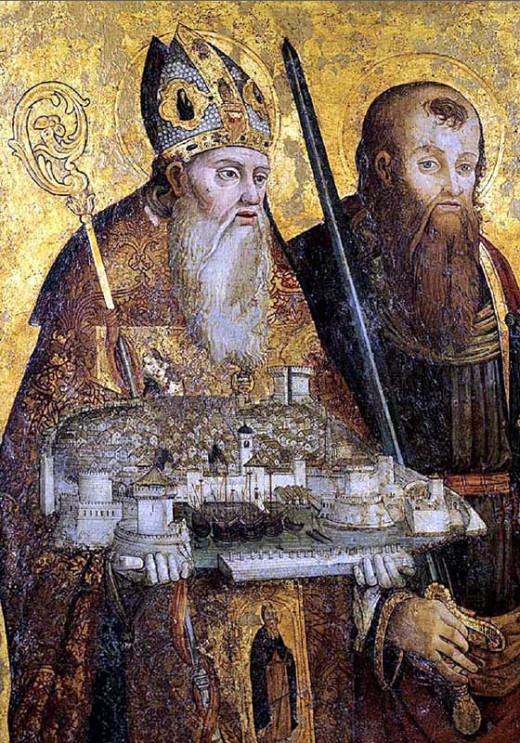
Sveti Blaž or Sveti Vlaho
A very important saint's day, particularly in Dubrovnik, is Sveti Vlaho (Saint Blaise or Sveti Blaž). Blaž rhymes with Garage. During the War for the Homelands in which Dubrovnik was particularly heavily bombarded between 1994-1995, Croatians fervently prayed to the city's patron saint. The cathedral is also culturally protected under UNESCO. His feast day is 3 Feb and is highly observed throughout Croatia.
The Saint is for helping those in trouble, patron saint of Dubrovnik and for protecting the throat, which is ideal during cold and flu season. Two candles are held by the priest in a V pattern and a blessing is given. Those who come to mass that day are given the option of receiving that blessing.
There is a folk saying, "Gospa Fiora says (Winter) is fiora (far away <her holiday is at the end of January> but Sveti Blaž says it's a Laž (Lie)!" At the end of January, the weather tends to warm up a bit with light pink blossoms on the peach and almond trees. People feel the days lengthen a bit and long for Spring. But by Sveti Blaž the weather flips back again to cold - that's why they say to je laž or, "it's a lie!".
There are many chapels of Sveti Blaž in the country and people make pilgrimages (long walks) to them for the seasonal holiday, sometimes followed with traditional food like Fish Brudet.
Recipe for Fish Brudet - a Tomato Based Stew
- How to Make Croatian Brudet (Fish Stew) peasant food - a.k.a. French Bouillabaisse
Fish stew, simmered in a tomato and onion based broth on the stove is the basis of a great Dalmatian (Croatian traditional meal. Served with bread or polenta, it's a classic one pot meal that takes about an hour to cook.
Months of March and April
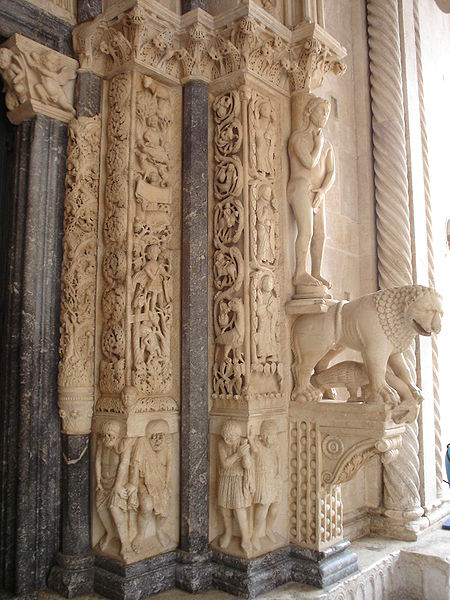
Months of the Year
Which of the Winter Months is your favorite and why? Say in the Comments
Radovan's Portal in Trogir, Croatia
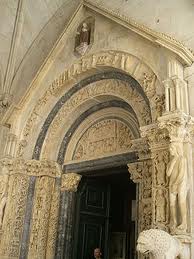
The Ancient Calendar begins with March
The ancient calendar did not even consider the dead of winter as the beginning of the year. Radovan's Portal, a very famous depiction of the months of the year, complete with Zodiac signs, starts the year off with March. March 25 was the assumed date of the Virgin's conception, which was calculated by counting nine months from Christmas, backwards.
In the most inward panel, the top half is dedicated to April. You can see a man shearing sheep with the sheep positioned around him. The lower figures are Mars, the warrior and a little cupid figure under him. The poor, overburdened unfortunates at the bottom of the pillars are assigned the regrettable task of holding up the whole scene (see the looks on their faces)!
This Portal was carved from honey colored marble unique to the Trogir area. It is easy to carve and was used to decorate the entrance of the walled city and UNESCO protected peninsula of Trogir, located along the Dalmatian Coast in Croatia. It was carved by Master Radovan, a man that history knows very little about, and he completed his work in 1240. His entry way was actually never completed, and no one knows why. He could have died a premature death, or went to work on another assignment. It is also possible that he was not paid and he refused to do any more work. Maybe some day we will know the answer to this riddle. . .
Traditional and Always in Demand
- How to Bake Sardine Pie (Slana Riba Pogaca)
Viski or Komiska Pogaca, or salted fish pie with tomatoes and onion slices, is a Mediterranean favorite. Eaten by fishermen for centuries, it is both easy to make and easy to eat, somewhat resembling pizza.
Comments are Appreciated
If you liked this hub, be sure to
- Vote it up
- Leave a comment
- Bookmark it!
I live in Croatia and am doing a series on Croatian culture, history and artifacts. Any requests will be considered! :) While you're commenting, be sure to say what your favorite winter month is and why. Happy Hubbing, ECAL





